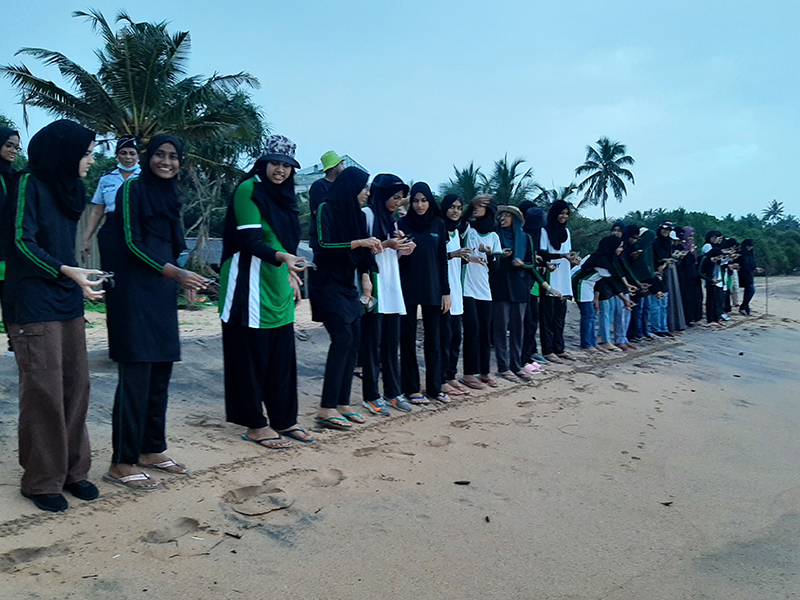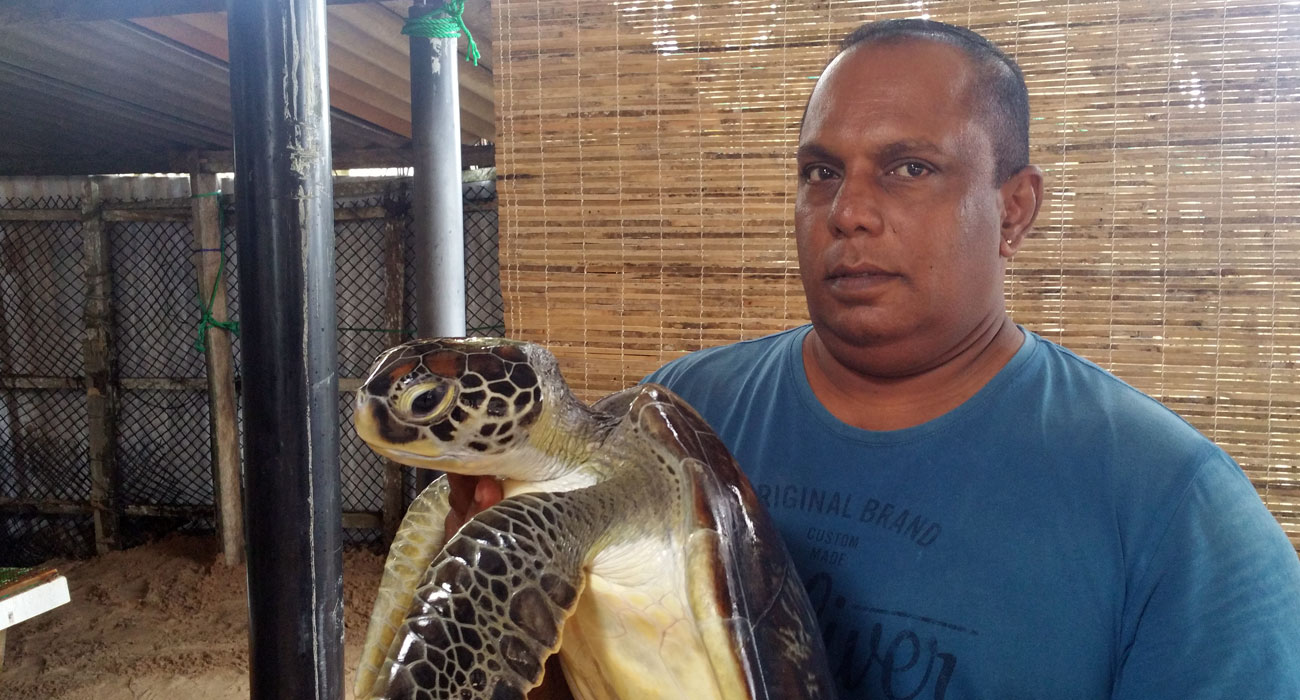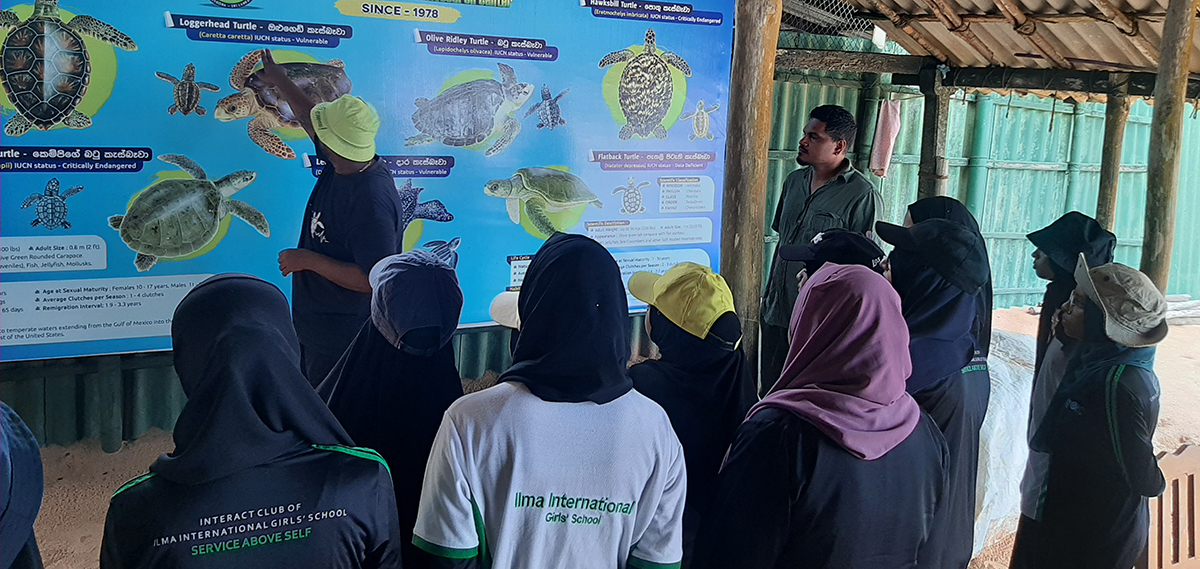Lepidochelys kempii

Anatomy
Kemp’s ridley is a small sea turtle species, reaching maturity at 58–70 cm (23–28 in) carapace length and weighing only 36–45 kg (79–99 lb). Typical of sea turtles, it has a dorsoventrally depressed body with specially adapted flipper-like front limbs and a beak. Kemp’s ridley turtle is the smallest of the sea turtles, with adults reaching a maximum of 75 cm (30 in) in carapace length and weighing a maximum of 50 kg (110 lb).[3] The adult has an oval carapace that is almost as wide as it is long and is usually olive-gray in color. The carapace has five pairs of costal scutes. In each bridge adjoining the plastron to the carapace are four inframarginal scutes, each of which is perforated by a pore. The head has two pairs of prefrontal scales. Hatchlings are black on both sides. Kemp’s ridley has a triangular-shaped head with a somewhat hooked beak with large crushing surfaces. This turtle is a shallow-water benthic feeder with a diet consisting primarily of crabs.
Distribution
Kemp’s ridley sea turtles generally prefer warm waters, but inhabit waters as far north as New Jersey, They migrate to the Gulf of Mexico and Florida, where they often inhabit the waters off Louisiana.
Their range includes the Atlantic Ocean and the Gulf of Mexico. Almost all females return each year to a single beach—Rancho Nuevo in the Mexican state of Tamaulipas—to lay eggs. The females arrive in large groups of hundreds or thousands in nesting aggregations called arribadas, which is a Spanish word for “arrival.”
Some travel as far away as the coast of Ireland, and two individuals managed to journey as far as the coasts of Devonshire.
Refference : Wild REACH








